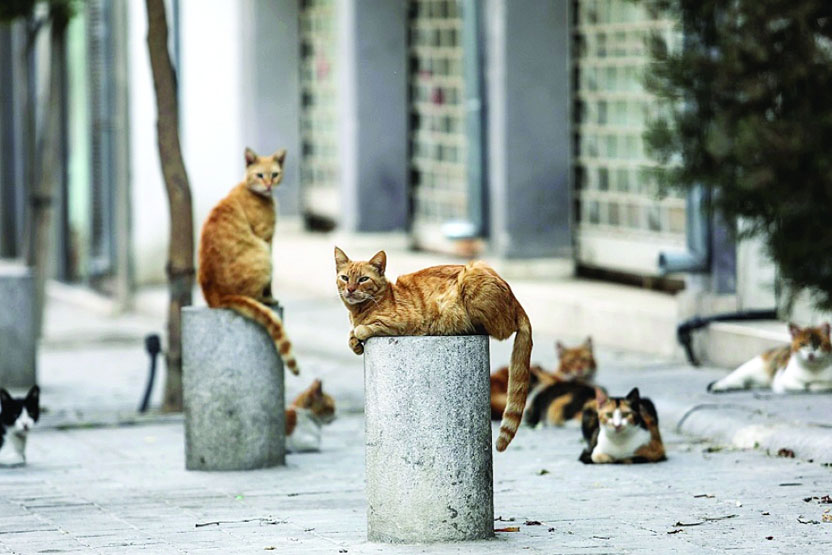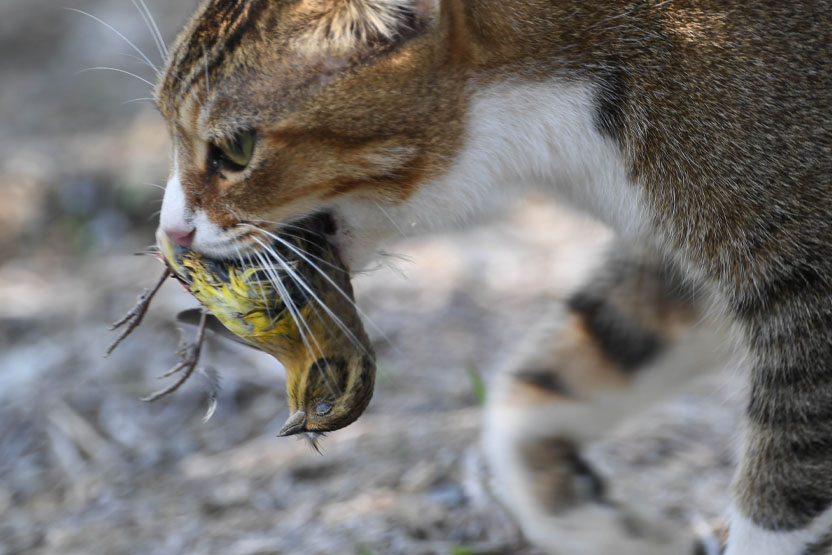Officials estimate there may be roughly one feral cat for every person on the island

Cyprus, long famed for a millennia-old bond with felines — from Neolithic burials to Saint Helen’s legendary cat cargo — now faces a problem that risks turning cultural affection into ecological collapse. Officials estimate there may be roughly one feral cat for every person on the island (about 1 million cats), a figure animal-welfare activists say could be hundreds of thousands higher. The government has tripled the annual sterilization budget, but experts warn that money alone, without a coherent national strategy, will not stop a fast-growing population that threatens public health, tourism and the island’s native wildlife.
A cultural icon, now an urgent management problem
Cats are woven into Cyprus’s identity. Archaeologists uncovered a cat buried beside a human at the Neolithic site of Shillourokambos — evidence that humans and cats were linked on the island as far back as 9,500 years ago. Today, cats pepper cafes, archaeological sites and beaches, welcomed by locals and visitors alike. But the same tolerance that allowed cats to flourish has, in recent decades, led to explosive, largely uncontrolled reproduction.
National Geographic
Parliamentary hearings this autumn revealed a sterilization program that performs roughly 2,000 operations a year on a €100,000 budget — now increased to €300,000 — far short of what is needed. Municipalities subcontract private vets and rely heavily on volunteers to trap, neuter and return (TNR) animals, but trapping is time-consuming and female cats (key to halting population growth) are harder to catch. Local sanctuaries and NGOs stress that scaling up requires streamlined logistics, community reporting tools, and formal partnerships with experienced field groups. Activists say that with proper coordination, stabilization is feasible within a few years; others caution that delay will make the problem exponentially harder and costlier.
The ecological toll: island wildlife at risk
Cyprus is an island with sensitive island ecosystems — a place where introduced predators can wreak outsized damage. Global research shows that feral and free-roaming cats have driven extinctions and steep declines in island bird, mammal and reptile populations worldwide. Cats prey on birds, small mammals and reptiles, and their effects compound other threats such as habitat loss and traffic. On Cyprus — an important stop on Mediterranean migratory routes and home to unique fauna — large cat numbers raise immediate concerns for ground-nesting and declining species. Conservationists warn the issue is not merely humane or municipal, but biodiversity critical.
A stray city cat hunting a yellow bird.
Public health and municipal breakdown
Beyond predation, dense feral populations create sanitation and health challenges: increased risk of zoonoses, competition for food leading to malnutrition and disease among cats, and pressure on municipal waste systems as communities feed colonies informally. Tourism — a pillar of Cyprus’s economy — may initially be aided by the “cats as attraction” image, but crowded, disease-riddled colonies can quickly sour visitor perceptions and create PR and health headaches for local authorities.
Lessons from elsewhere: TNR at scale is possible — with will
Cities such as Istanbul show how culture plus organized municipal action can help keep populations at manageable levels. There, a mix of community care, widespread TNR initiatives and municipal support has prevented uncontrolled spikes, even if challenges remain. Key elements that Cyprus can adapt include: centralized data collection (a hotspots map), subsidized or free neutering programs, targeted campaigns prioritizing female cats, legally recognized sanctuaries, and public education that discourages ad-hoc feeding without coordinated sterilization. Any national program must also streamline the bureaucracy that currently slows down field teams.
Current estimates put the cost of sterilizing a stray at roughly €55 and higher for owned animals requiring anesthesia. That makes a mass program expensive but not unaffordable when viewed against the cost of inaction: ecosystem losses, public-health responses, and a protracted burden on municipalities and volunteers. Experts suggest that, with concentrated effort and political will, Cyprus could significantly curb population growth within four years — but only if trapping logistics, funding flows and legal frameworks are aligned quickly.
Ethics and perception: balancing compassion and conservation
The political and cultural sensitivity around pets and strays means any response must be humane, transparent and community-driven. Successful programs emphasize care (vaccination, post-op support), return to familiar locations where appropriate, and adoption networks. Yet humane policies must be paired with frank communication about ecological harm: on islands, the presence of large numbers of feral cats is not a neutral cultural quirk but a conservation emergency.
ResearchGate
Cyprus’s image as a benevolent “cat island” has long attracted affection. But without an urgent, well-resourced national strategy combining animal welfare and biodiversity protection, that image risks becoming an ecological liability. The question now is whether the island — from the halls of parliament to neighborhood volunteers — will transform affection into organized action before another generation of native wildlife is lost and the long-standing human-felid relationship becomes a tale of neglect.



Comment
Reply